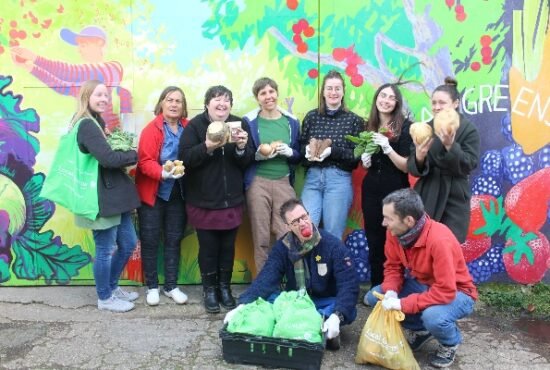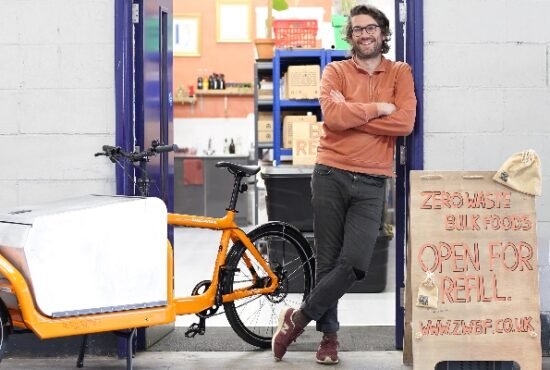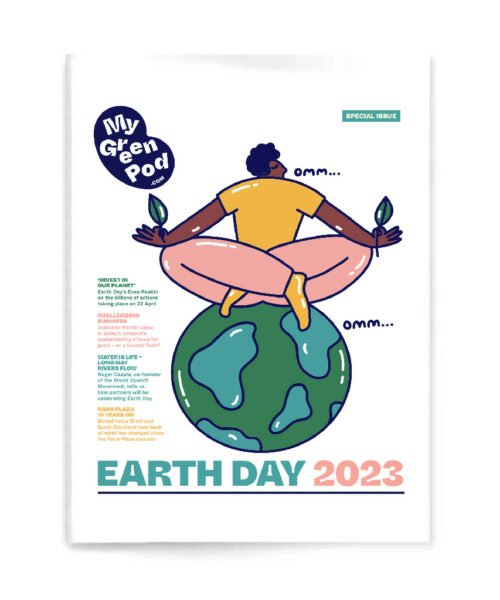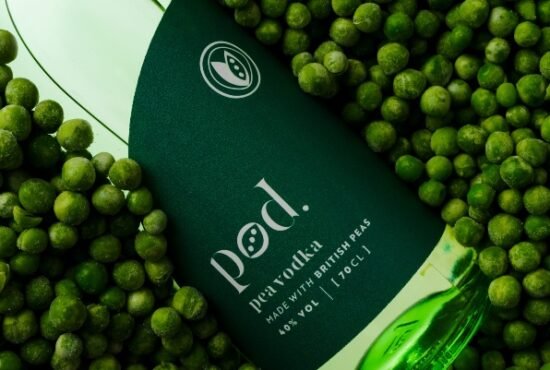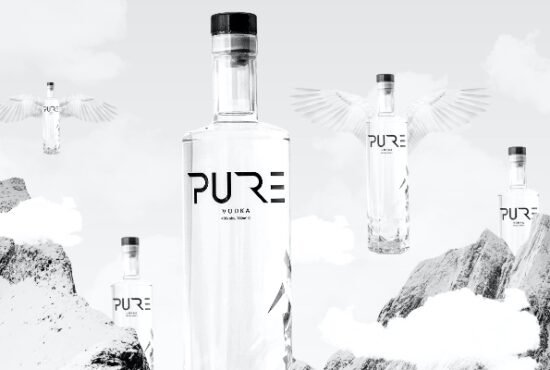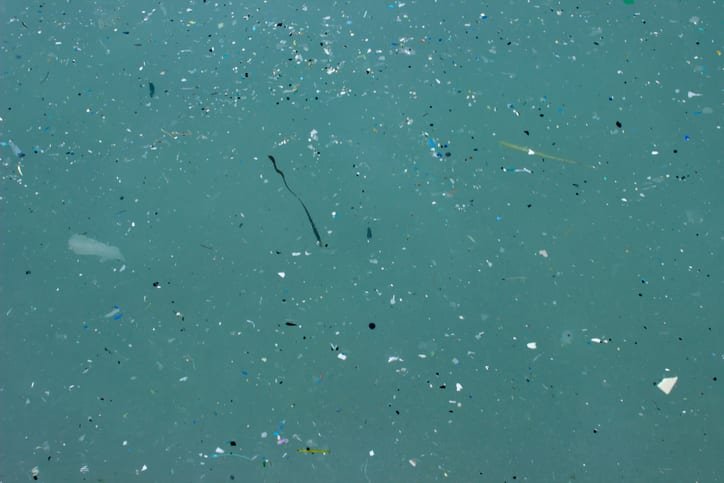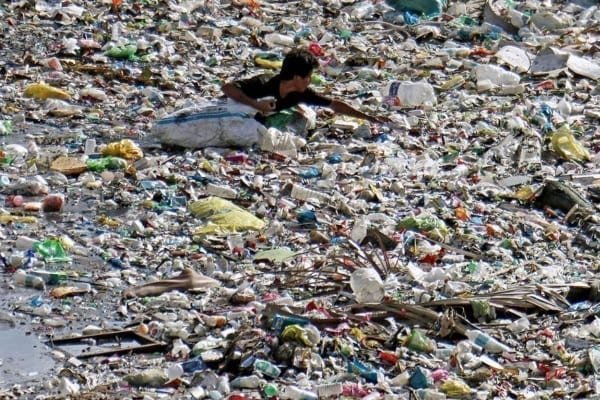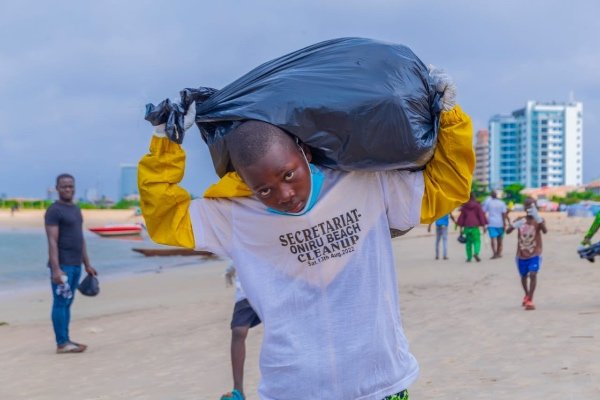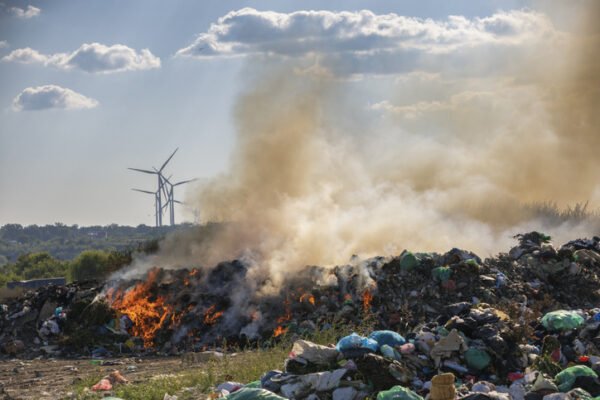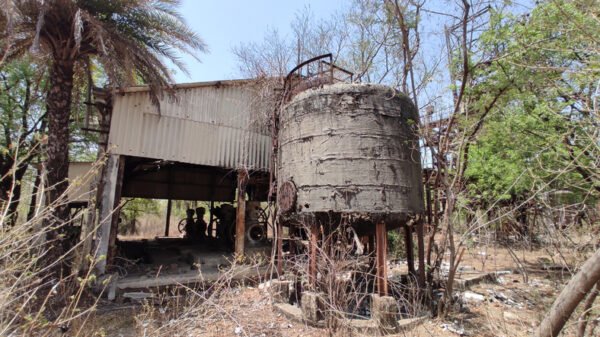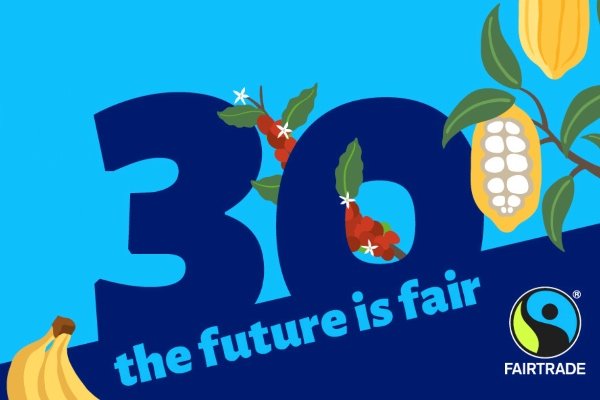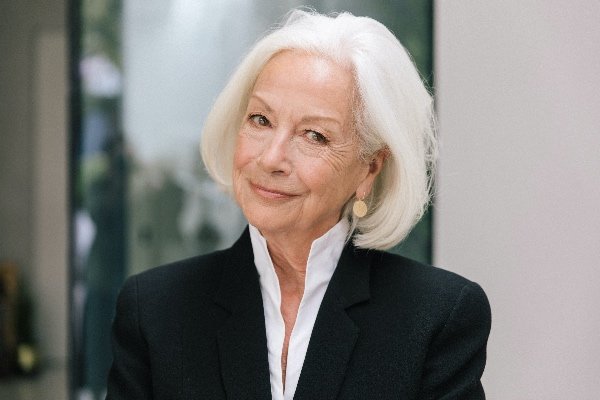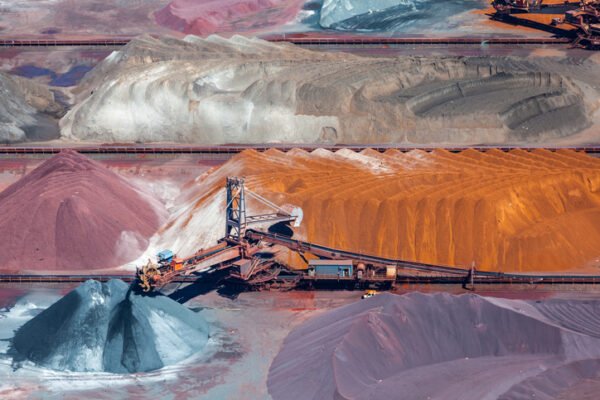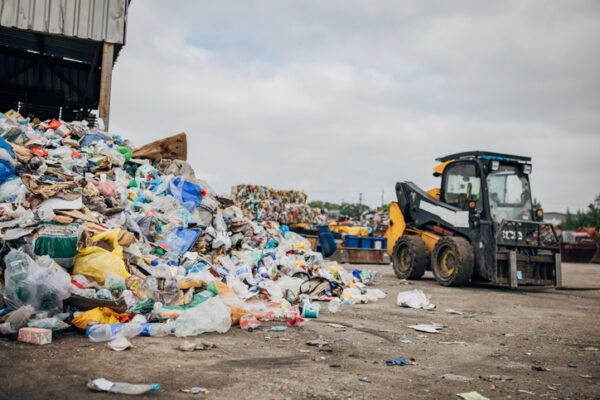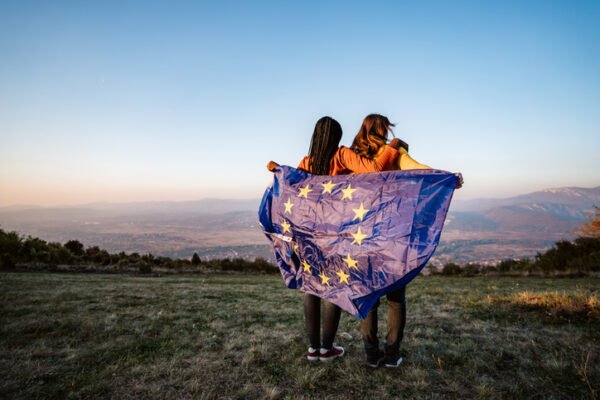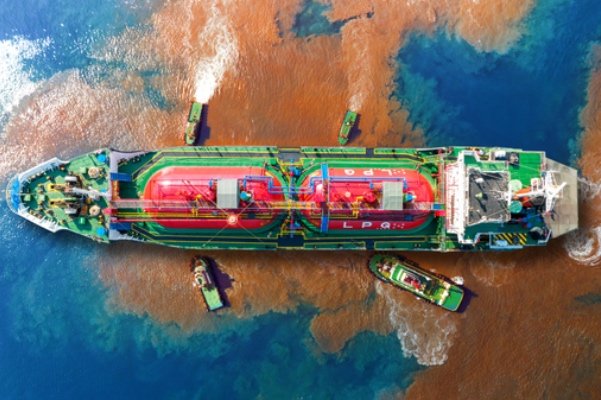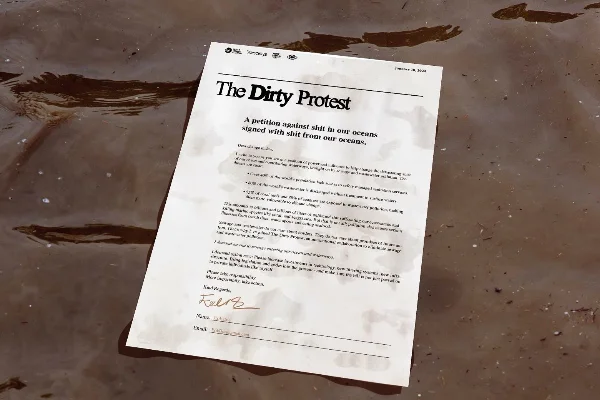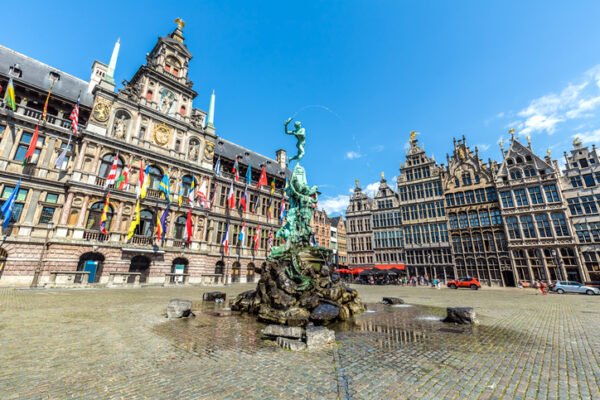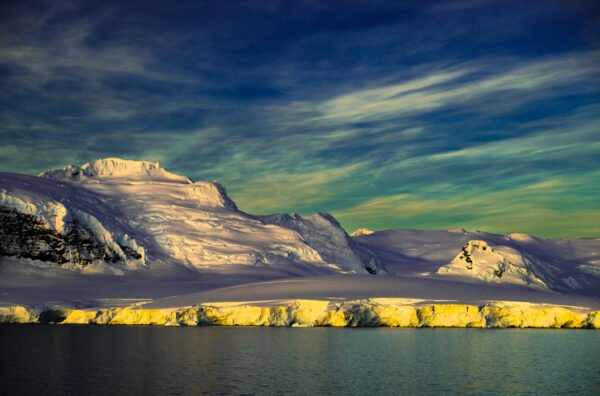Trade groups representing the world’s biggest oil and chemical companies have been opposing a ground-breaking new proposal to regulate toxic and persistent chemicals in microplastics, according to documents obtained by Unearthed, Greenpeace’s investigative platform.
Microplastic pollution has been found practically everywhere on the planet, from oceans, lakes and rivers to raindrops, air, wildlife and even our dinner plates.
Study after study has shown it can release harmful chemicals and attract other pollutants already present in seawater, ending up in the guts of marine life and further up the food chain.
A persistent organic pollutant
Last year, the Swiss government put forward a proposal to list a widely-used plastic additive in the Stockholm Convention, the UN’s global treaty on persistent organic pollutants.
It’s the first proposal to make a case for a chemical to be listed partly on the basis that it travels long distances via microplastics and plastic debris.
Relatively little research has been done on the chemical, called UV-328, which is often added to plastic products, rubber, paints, coatings and cosmetics to protect them from UV damage.
But scientists are concerned that it does not easily break down in the environment, accumulates in organisms and may cause harm to wildlife or human health.
‘We know that microplastic is everywhere, from Arctic sea ice to tap water, and that it’s linked to the spread of harmful chemicals. Many of these substances have slipped through the net of global regulations so far, but this proposal could change that and that’s why the industry is hell-bent on stopping it. Where we see a game-changer in protecting marine life from toxic pollution, the oil and chemical lobby only sees a threat to its profits.
‘Cutting the amount of single-use plastic in circulation has to be part of the solution, but that’s exactly what the industry doesn’t want to do. Their entire business model is still predicated on generating more waste and pollution, never mind the consequences. That’s why we need firm government intervention to clamp down on harmful chemicals, set plastic reduction targets and force the industry to take responsibility for the pollution they’re causing.’
NINA SCHRANK
Greenpeace UK plastic campaigner
Industry lobbying
Unearthed has revealed that powerful lobby groups representing corporations such as BASF, ExxonMobil, Dow Chemical, DuPont, Ineos, BP and Shell are opposing the proposal, arguing that there is insufficient evidence to consider the additive a persistent organic pollutant.
A cache of emails and documents obtained under transparency laws from the US Environmental Protection Agency shows the American Chemistry Council and the European Chemical Industry Council raising concerns about the precedent the proposal could set.
 Play Video about This Rock Might Just Save The World
Play Video about This Rock Might Just Save The World Play Video about Play 2 hours of rock
Play Video about Play 2 hours of rock Play Video about Play 2 hours of brook
Play Video about Play 2 hours of brook Play Video about Play 2 hours of sheep
Play Video about Play 2 hours of sheep
